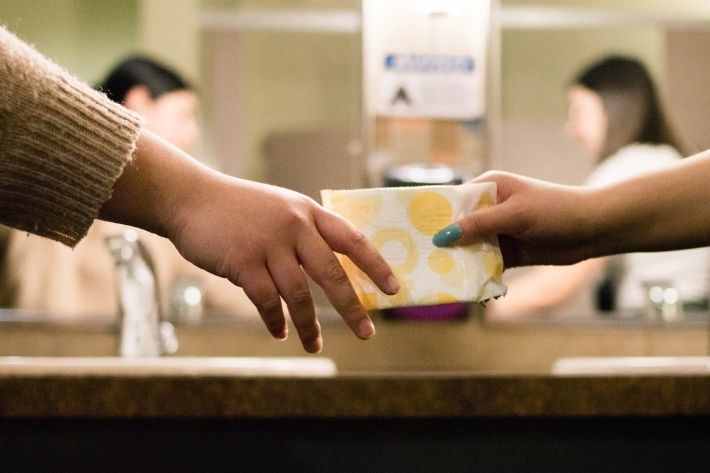Sexually transmitted infections, commonly known as STIs, can be transmitted through vaginal, anal, oral sex and even through close skin-to-skin sexual contact. Whether you are in a monogamous relationship or having sex with multiple partners, there is a chance you may unknowingly have an STI. Although some STIs may show symptoms like flu, unusual discharge or burning when peeing, many STIs often show few or even no symptoms at all.
To know your status, getting tested is always a good idea!
It is perfectly normal to feel worried about getting tested for STIs, and if the result is positive. However, it is important to know that most STIs are curable or treatable. The earlier you know your status, the quicker you can get treatment and care.
Taking a test
There are two ways to get tested: you can do it at a healthcare facility with a health provider you trust, or you can do it at home.
There are many reasons why you may prefer not to get tested at a healthcare facility. For example, not being able to take time off from work, accessibility, privacy.
If you prefer to manage your test at home where you feel most safe and comfortable, you have a great self-care option: collecting samples on your own. Depending on the STI you are testing for, you may need to collect a blood sample, a urine sample, or a swab from the vagina, anus or mouth.
HIV and syphilis
HIV (human immunodeficiency virus) is a virus that attacks the immune system. Some people may experience a short, flu-like illness, including fever, sore throat, muscle pain, 2-6 weeks after contraction. Others may not experience any symptoms.
Syphilis is a bacterial infection with different clinical stages. Many people living with syphilis will not experience any symptoms or only mild symptoms, like painless sores in the genital areas. If syphilis is left untreated, some people may face severe and long-term complications, such as stroke and meningitis.
Self-care options for HIV and syphilis
Collecting samples for HIV and syphilis is easy, confidential and empowering. Tests are widely available in healthcare facilities, pharmacies and online. Some tests may even be available for free.
Once you receive your self-testing pack, you will find easy-to-follow instructions and a sealed kit. It is important to take the time to read the instructions carefully before collecting your sample and only open the kit when you feel ready to take the test. If you have any doubts, you can watch a video that will guide you through the test. Remember you can always contact healthcare facilities and pharmacies if you need more detailed information.
In most HIV and syphilis self-testing kits, you will find a small lancet (a tiny needle) to prick your finger and collect some blood. Depending on the kit, there will be different instructions for you to follow.
With self-sampling kits, you will need to collect a blood sample to send to the laboratory where it will be tested (this may take a few days). You will usually receive your result by post, text, or another method you should have been made aware of.
With self-testing kits, you will be able to take the test yourself and see the result in a few minutes. You will need to follow the instructions provided with the kit. These kits require you to add your blood samples together with a few drops of buffer (found in your kit) to the test cassette.
When you receive the results, your test will be either positive or negative.
If your test is positive, get in touch with a trusted healthcare facility as soon as you can, and try not to worry. A healthcare provider will be able to confirm your STI status and provide the necessary care and treatment. Syphilis can be cured with antibiotics and HIV can be treated with antiretroviral therapy.
If your test is negative, that means you do not have any of the STIs you have tested for. However, it is important to practice safer sex using protection such as condoms and dental dams, and to test yourself regularly.
More information
There is a vast range of information on STIs self-testing available online thanks to the growth of digital health technologies in recent years. For professional advice contact your local healthcare provider, you can visit an IPPF Member Association in your country where our teams will be happy to help.
Do you want to know about other STIs? Read about self-care options for HPV, gonorrhoea, chlamydia, and trichomoniasis in Part 2 of our series.
when











